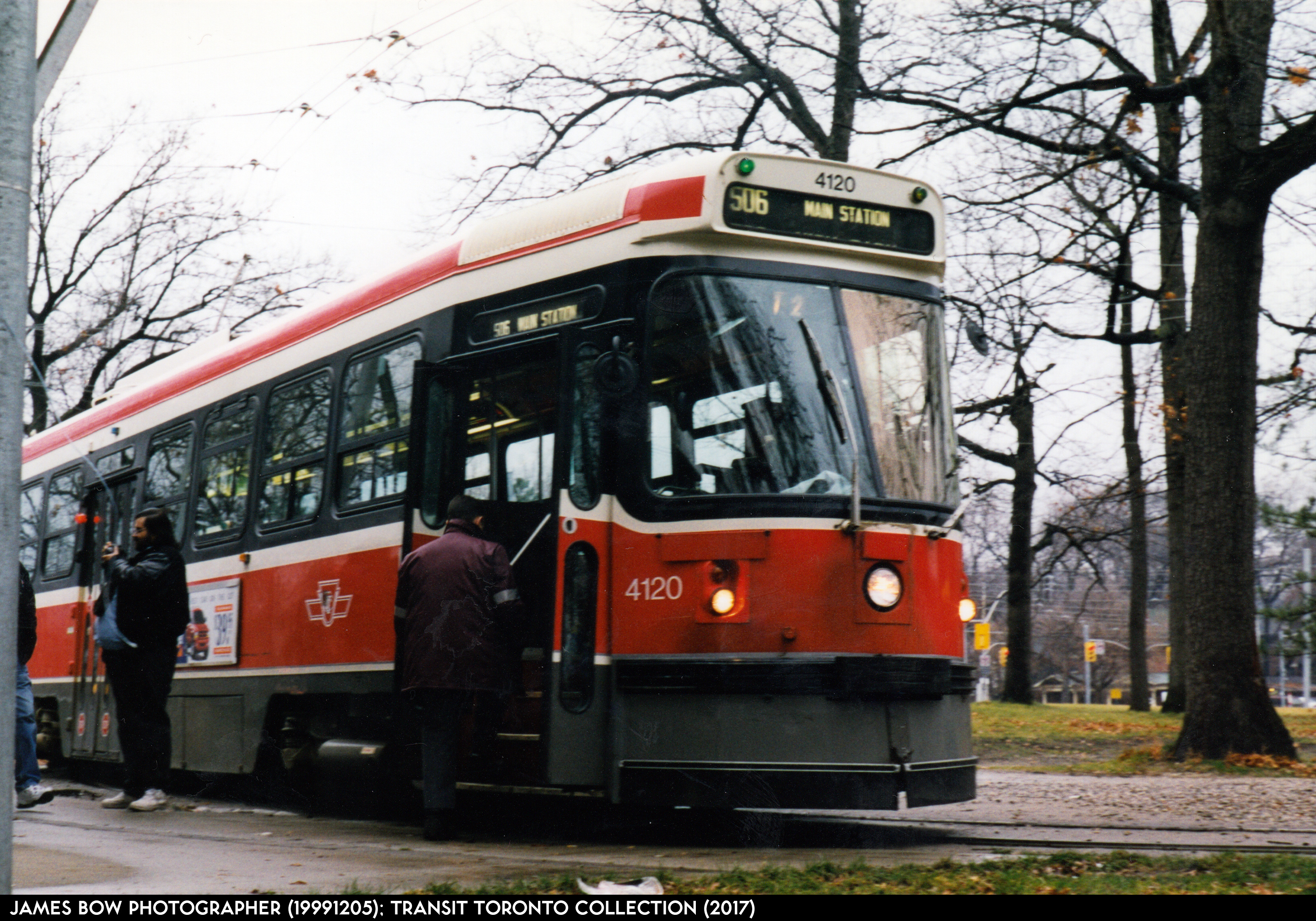nfitz
Superstar
I see nothing in that post that made fun of fat people. Acknowledging and approving of the fact that they've provided disabled seating for the morbidly obese hardly seems to be making fun of him. Can you clarify what in the post was making fun of Ford?You're hillarious. Do you make fun of all fat people? Must make you feel really smug. Grow up.









